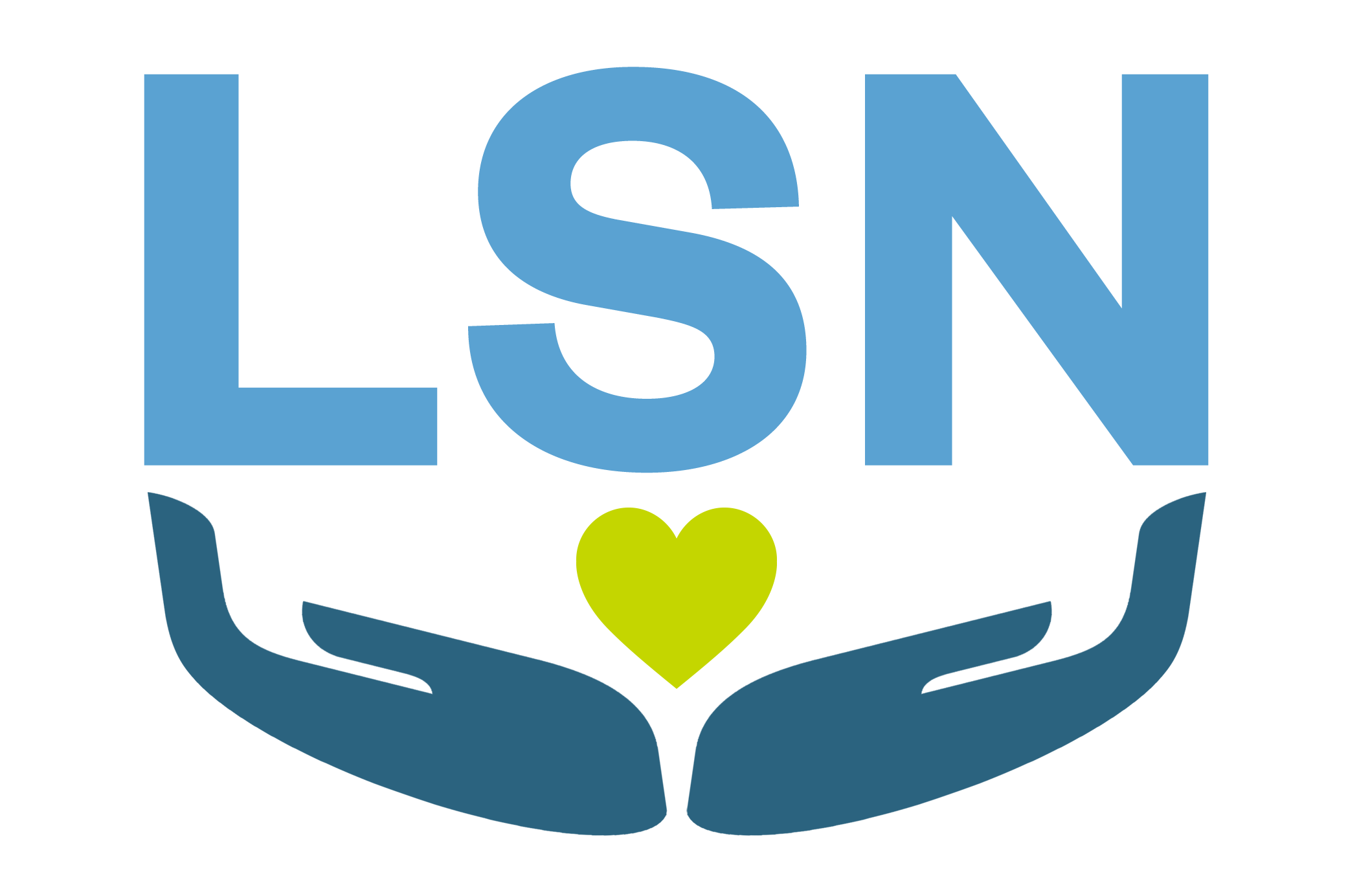Guidance for Shared Reflections
Guide for “Remembrance Gathering” to Share Experiences, Reactions, Emotions Following Community Trauma
Adapted from a Guide for Shared Reflections, UNC-CH Peer Support Core & UNC Gilling's School of Global Public Health
This is a guide for organizing a session or occasion for members of a community to share their experiences following a community trauma. It is based on a model developed by a team* in the Gillings School of Global Public Health in response to the fatal shooting of a faculty member and associated 3-hour shelter-in-place lockdown on August 28, 2023. The agenda from that event is attached.
The guide is a loose one. Those adapting it should feel free to adapt it according to their knowledge of their community and the nature of the shared trauma and associated harms to varied members of the community.
Shared Trauma: This can be a bomb threat, shooting, threatened shooting, suicide or other mental health tragedy, etc. In a sense, a shared trauma is defined by the effect on the community – widespread distress, anxiety, and/or fear – not by the nature of the event. If an appreciable number of people are feeling traumatized, it’s a shared trauma.
General Rationale: The sharing is based on the observation that, following many traumas, it is helpful for those affected to share their feelings with others who have experienced the events. To be effective, people need to feel free to voice whatever feelings they may be having, including great sadness or depression, fear, anxiety, intrusions (trouble sleeping, concentrating), along with anger. Perhaps as effective as the sharing itself is the feeling that one has the opportunity to share and the sense of “I am not alone” in hearing of others’ experiences.
Strategies: The sharing should be informally organized and with the focus on the sharings of those participating, not on the framings or presentations of leaders. In later days, analysis and action planning will be important, but the sharing is for the relatively immediate period when people just need to be heard and to hear others. This leads to some general features:
- Simple agenda with brief introduction of why we are here and expectations for what may be shared in the session.
- Facilitators should be respected members of the community (e.g., teachers respected by and viewed as approachable by students) but probably not “authority figures” (e.g., deans, department chairs, supervisors, etc.) in order to reinforce tone that all comments are welcome. Leveling is an important process objective.
- Facilitators need not be trained counselors – critical is that they be thoughtful, wise, compassionate people.
- Facilitators need to convey comfort with the session and its purpose so that participants feel someone will help keep things from getting frightening or “off the rails”
- Instead of welcome or introductory comments that may be received as suggesting a correct way to view or respond to events, the office supervisor, department chair, dean, or other leader should be invited to offer closing reflections. These should focus on conveying that they have heard what has been shared rather than any response to it. The time for responses and planning actions is later.
- Acceptance that anger or criticisms of the organization’s or leadership’s actions may emerge. Those leading the event and those in authority roles need to be prepared for this and for remaining non-defensive in response.
- Facilitators may need to redirect gently and with empathy comments that become extended criticisms. The problem is not the criticisms per se but the potential of harsh criticisms to cut off sharing of other reactions. Perhaps something like: “I recognize how important those feelings are and that they are important for all of us to share and hear. It will be important for our leaders to hear them and this session can help make that happen. But I want to make sure that we are keeping room for other feelings as well just now.”
- Similarly, if individuals voice very strong feelings of anxiety or despondency or anger, the facilitator may suggest that it would be helpful for them to talk individually with one of the facilitating team who could offer to go outside the room to continue the conversation. Make clear, purpose is to provide support, not excise. May also invite friends or others attending with the individual to join them.
- Other members of the organizing group may also recognize individuals who appear especially upset and approach them with tissues, soft words, and perhaps a hand on the shoulder. In several instances, they helped them move to another room. This proved to be a gentle way of responding to participants’ emotions, perhaps at times preferable to or an alternative to the facilitator addressing them directly.
- The organizers may want to provide for and announce that a recognized counselor or respected member of the community will be available during the session in a nearby room for anyone who want to meet with them during the session and immediately after.
* Thanks to Elizabeth French and Lateesha Watkins who organized the session with extensive help with, in alphabetical order, Matthew Chamberlin, Edwin Fisher, Yasemin Garber, Stephanie Hoover, Laura Linnan, Suzanne Maman, Nia Mariso, O.J. McGhee, Nancy Messonnier, Kim Ramsey-White, Gretchen Senez, Jeffrey Simms, Charletta Sims Evans, Kristine Thorne, Ye Tun, Lisa Warren, Brent Wishart.
Remembrance Gathering UNC Gillings School of Global Public Health August 30, 2023
To view the agenda, please refer to the original guide.

